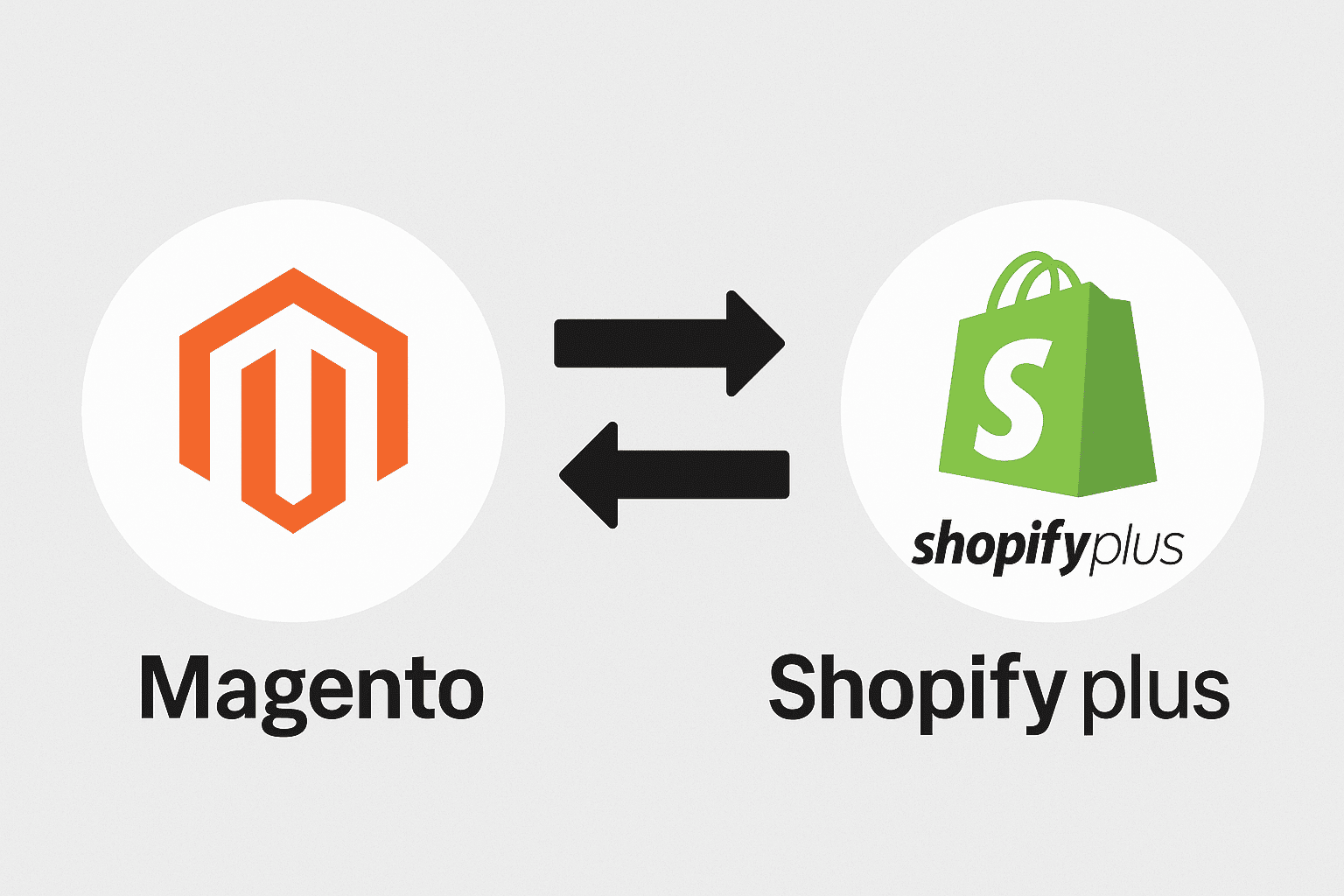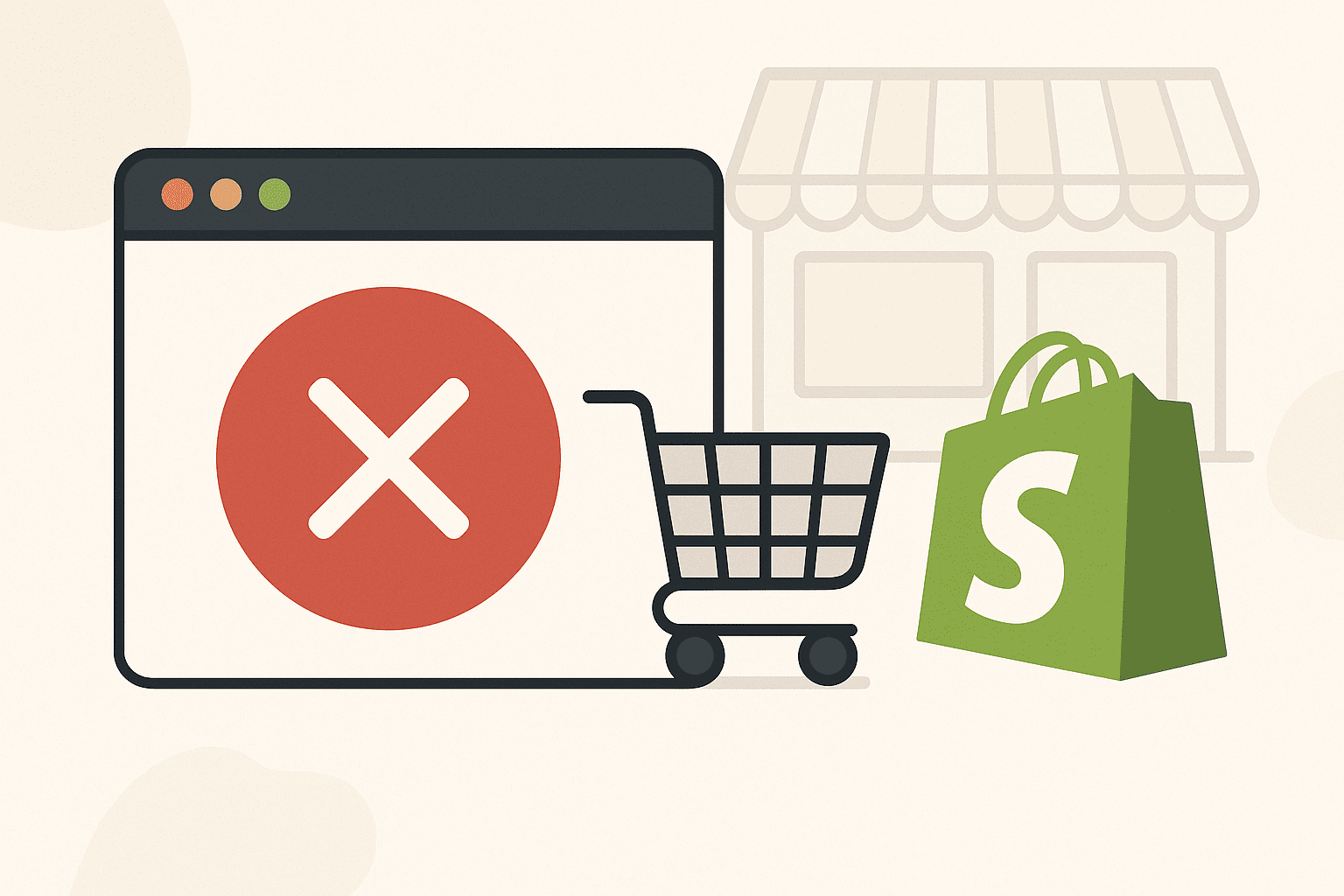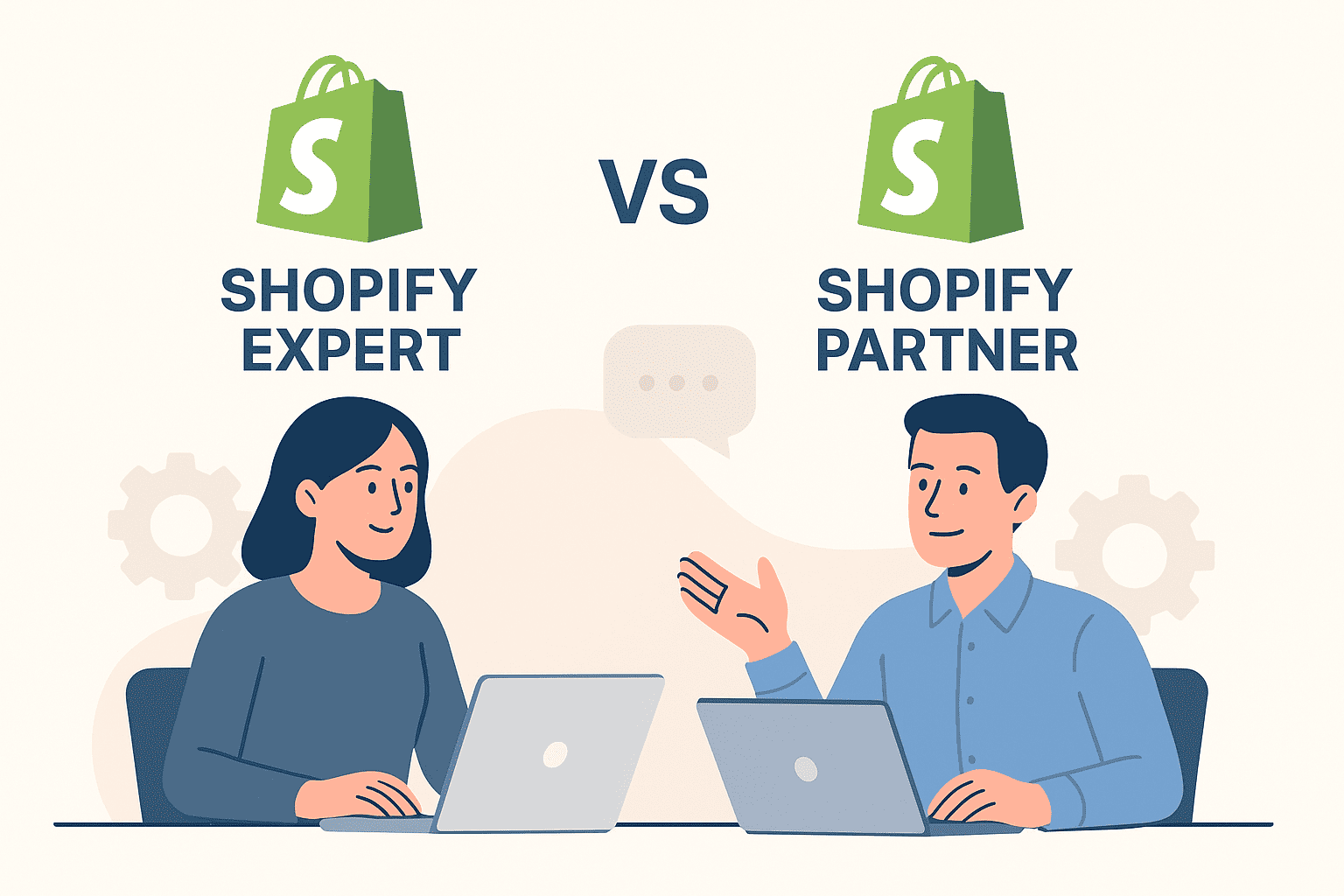From Magento to Shopify Plus: Why It’s Time to Replatform

From Magento to Shopify Plus: Why It’s Time to Replatform
In the evolving eCommerce landscape, platform choice can make or break your growth trajectory. Many merchants are now choosing to migrate from Magento (Open Source or Adobe Commerce) to Shopify Plus—and for good reasons.
Why brands are making the move
-
Lower total cost of ownership (TCO): Some studies suggest brands migrating from Magento to Shopify reduce TCO by ~38% due to lower maintenance and hosting costs.
-
Performance & reliability: With Shopify’s managed infrastructure, merchants avoid server crashes, scaling challenges, and maintenance overhead.
-
Faster development and agility: Shopify’s app ecosystem and built-in features mean faster iteration and less custom coding.
-
Built-in security & compliance: Shopify handles PCI, SSL, updates, and security patches.
-
Improved conversion & UX: A compelling case: after migration, Character.com saw 40% uplift in conversions and mobile conversions jumped 65%.
-
Revenue boost case study: Fashion brand Needle & Thread reported a 66% YoY revenue increase, a 44% growth in transactions, and a 16% increase in average order value after migrating.
These real-world wins reflect how migration can provide tangible ROI—not just a tech shift.
Key Considerations & Strategy for a Smooth Migration
Migrating from Magento to Shopify Plus is not trivial—but with proper planning and execution, you can preserve your SEO, data integrity, and user experience. Below is a step-by-step framework.
1. Audit & Planning (Discovery Phase)
-
Inventory of data & features: Catalog products, SKUs, customer data, order history, CMS pages, blog posts, custom modules/extensions, third-party integrations, promotions, URL structures.
-
SEO & URL mapping: Capture current URL structures, meta tags, canonical rules, redirects, internal linking.
-
Technical gaps & feature mapping: For Magento custom features, identify equivalent Shopify apps or custom development needs (e.g. subscriptions, B2B pricing, custom workflows).
-
Define KPIs & benchmarks: Baseline metrics—traffic, conversion rates, bounce rate, AOV, load time—that you’ll monitor post-launch.
2. Data Migration
-
Products, collections, variants: Map attributes cleanly; handle category hierarchies.
-
Customers & orders: Bring historical data into Shopify; keep old order numbering if desired (for continuity).
-
Content migration: Migrate CMS pages, blog posts, banners, page templates.
-
Media & assets: Ensure you move images, videos, PDFs, and update their links.
-
URL redirects & SEO retention: 301 redirect every old Magento URL to the new equivalent in Shopify. This protects your hard-won SEO.
3. Theme, UX & Design
-
Build a new theme (or adapt an existing Shopify Plus theme) focusing on mobile-first design, speed, and intuitive navigation.
-
Test layout, filtering, search, facets, product detail pages, checkout flow.
-
Aim for fast time-to-first-byte (TTFB), image optimization, lazy loading, CSS/JS bundling.
4. Integrations & Apps
-
Reconnect essential integrations: ERP, CRM, email marketing, payment gateways, fulfillment, shipping, analytics.
-
Where Magento modules had custom logic, replicate via Shopify apps or custom apps/scripts.
-
Use Shopify Plus features: Shopify Flow, Scripts, Apps, Multipass (for login SSO), B2B features, Launchpad, and Shopify Functions / Checkout UI Extensions (as needed).
5. Pre-Launch QA & Testing
-
Rigorously test data integrity (products, prices, customer accounts).
-
Validate URL redirects, canonical tags, schema markup, meta tags.
-
Test performance: load times, rendering, mobile responsiveness.
-
Safety check checkout & payment paths in staging.
-
Conduct a “soft launch” / beta run if possible to catch issues.
6. Launch & Post-Launch Optimization
-
Schedule launch during low-traffic window.
-
Monitor server logs, traffic drops, 404 errors.
-
Check analytics, tracking (Google Analytics, GA4, etc.).
-
Continuously optimize based on user feedback and performance metrics.
-
Run A/B tests, refine navigation, conversion funnels, site search.
SEO & Performance Tips After Migration
Your migration can’t just avoid harm—it should enhance performance and search visibility. Here are actionable post-migration tips:
Technical & Speed Optimization
-
Image optimization & WebP formats: Serve compressed formats; use responsive images.
-
Lazy loading & Intersection Observer: Defer offscreen images.
-
Minify CSS/JS, defer noncritical scripts.
-
Use Shopify’s CDN: Leverage its global edge caching.
-
Preload key resources & critical CSS.
-
Use Shopify’s Online Store 2.0 and hydrogen for headless (if advanced): Especially for performance-critical use cases.
SEO & Content Strategy
-
Schema & structured data: Use product schema, breadcrumb markup, review schema.
-
Meta & title tags optimization: Ensure compelling, unique titles/descriptions per page.
-
Google Search Console & Sitemap updates: Submit new sitemap, monitor indexing, coverage issues.
-
Internal linking & site architecture: Maintain logical navigation and interlinking.
-
Content hub & blog: Use Shopify’s blogging features to build topical authority.
-
URL slugs & canonical tags: Keep them stable where possible; use canonical to avoid duplication.
UX & Conversion Optimization
-
Simplify checkout and reduce friction: Use one-click checkout, express payment options.
-
Personalization & segmentation: Use customer data for personalized suggestions.
-
Search & filters: Offer predictive search, smart filters.
-
Product recommendations & upsells: Cross-sell, bundling, “you might also like.”
-
Customer reviews & social proof: Leverage review apps and user-generated content.
-
Fast mobile experience: Prioritize Core Web Vitals (e.g. Largest Contentful Paint, Cumulative Layout Shift).
Real Case Studies & Metrics
| Brand / Case | Key Metrics / Outcome |
|---|---|
| Character.com (via Bluegg) | +40% conversions overall; +65% mobile conversion; revenue growth ~300% year-over-year for period after launch |
| Needle & Thread | +66% revenue; +44% transactions; +16% AOV in 6 months post-migration |
| Gresham Blake | Migration completed in under 3 weeks; no crashes during high-traffic periods like Black Friday |
| Chassis Unlimited | Reduced Magento maintenance cost constraints after migrating to Shopify Plus |
| Kitchen & Company | Scaled business metrics upward after migrating from Magento to Shopify Plus |
These examples underscore that the migration is not just technical—it’s strategic, and when done right, yields measurable commercial upside.
Challenges You Must Prepare For (And How to Mitigate)
-
SEO dip risk — Without proper redirects and canonical management, you may see traffic drop. Mitigate by mapping URLs carefully.
-
Data mismatches & cleaning — Magento may have legacy data quirks. Clean up before migrating.
-
Feature gaps — Some Magento modules may not have exact Shopify equivalents; plan custom solutions.
-
Timing & downtime — Avoid disruption by staging and using cutover strategies.
-
Costs & resource allocation — Migration involves design, development, QA, testing; factor the investment.
-
Stakeholder risk & fear of change — Communicate benefits, use internal pilots or phased rollout.
FAQ (Frequently Asked Questions)
Q1. Will migrating to Shopify Plus harm my SEO rankings?
A: If you carefully preserve URL structure, set up 301 redirects, maintain meta tags and canonical rules, the impact can be minimal or even positive. Many merchants regain traffic within weeks.Q2. Can all Magento custom functionality be replicated in Shopify?
A: Most features can be replicated via Shopify apps, custom apps, Scripts, Flow, or Functions. However, extremely exotic custom modules may require bespoke development.Q3. How long does a migration typically take?
A: Depending on store complexity, 4–12 weeks is typical. For very large or complex stores, the timeline can stretch.Q4. What happens to my historical order data?
A: You can import historical orders into Shopify’s backend or maintain them in your legacy system; many merchants keep them accessible via a database or read-only reference.
Q5. Is Shopify Plus suitable for high-volume enterprises?
A: Yes. Shopify Plus is built for scale, high traffic, multi-store setups, B2B, international markets, and complex workflows.Summary & Final Thoughts
Migrating from Magento to Shopify Plus is more than a platform change—it’s an investment in agility, performance, and growth. With a carefully executed migration:
-
You preserve SEO equity and often improve ranking and traffic.
-
You reduce overhead, maintenance burden, and hosting costs.
-
You gain the ability to iterate faster, test new ideas, and scale without friction.
-
You often see uplift in conversions, revenue, and user experience—as borne out by real brands.
Take action now: Audit your Magento store, list your pain points, draft a migration plan (or partner with experienced Shopify Plus agencies), and start mapping out the first phase. The sooner you begin, the sooner you’ll reap benefits.




